Growing squash is one of the most rewarding crops you can plant in your vegetable garden.
And, luckily, squash is also one of the most simple crops to grow- whether you are a beginner or have years of gardening experience.
This site contains affiliate links. If you make a purchase using one of these links, I may earn a commission. Please see my disclosure page for more information about cookies collected and our privacy policy.
Squash is a cucurbit- meaning it is in the same family as melons, cucumbers, and pumpkins. There are 2 classifications of squash- summer squash and winter squash. Both are equally easy to grow.
Want to learn how to grow more? Check out my guides to the 11 easiest crops for new gardeners!
How to Get Started Growing Squash in the Garden
You can direct sow your squash seeds directly into the garden after all danger of frost as passed, but I prefer to start my seeds indoors 2-3 weeks ahead of time so that I can control the germination better.
To start seeds, fill your containers with seed starting mix and place the seed about 1 inch under the soil. Water well initially and don’t allow to dry out.
Squash plants sprout and grow quickly, making them very susceptible to becoming root bound in small containers. You can plant your squash in peat pots that allow the roots to push through and can be planted directly in the garden.
When your squash seedlings are at least a couple of inches high and have at least one set of true leaves then can be planted out into the garden (assuming you are past your last frost date). But before you do this, you need to be sure to harden them off, especially if they have been indoors for most of their life. Here’s more on how to harden off seedlings before transplanting.
Carefully break apart of the roots if they are root bound and plant the squash seedlings directly into the garden with lots of organic matter. Don’t plant the plants too deep- match the soil level in the garden to the soil level of the plants in the pots. Water them well and continue to water for those first couple days so that they recover from the shock of transplanting.
Like I said, you can also direct sow seeds into the garden. To do this, simply place the seed about 1 inch (or as deep as the seed is long) under the soil.
Be sure to water well and don’t let them dry out to get a better germination rate. Also be on the lookout for pests that might eat your seeds!
Types of Squash to Grow in Your Garden
As I said above, there are 2 main types of squash you can grow.
Winter Squash: This type of squash includes crops that have a longer growing season, have harder skins and last longer in storage through the winter months.
Winter squash is planted in the spring and harvested in the fall before the first frost. Most plants are larger, sprawling vines that take up more room than summer squash.
Winter varieties of squash include pumpkins, butternut squash, acorn squash, spaghetti squash, and delicata squash. Here are 10 of my favorite types of winter squash.
Summer Squash: This type of squash has a shorter growing season, many reaching harvest age in just 60 days.
Summer squash is planted in the spring and can be planted throughout the summer for a continuous harvest. The plants are more compact and take up less room than winter squash.
Summer squash varieties include yellow squash, crookneck, zucchini, bush marrow, patty pan, and zephyr squash. Here are the best types of summer squash to grow.
There are also gourds, which are in the same family, but a different sub-species. They are grown the exact same way as squash. Learn more about the differences between squash and gourds and if you can eat gourds!
How to Care for Your Growing Squash
Growing squash doesn’t take a lot of work. If you ask any gardener experienced in growing this crop, you will find many stories of being overrun with way too many zucchini!
Squash does need fertile soil with good drainage for the best result. Soil is the backbone for any garden- and healthy plants start with healthy soil.
Be sure to amend your soil with plenty of organic matter and check its quality yearly to make sure it has enough nutrients to support your growing garden.
Water your plants as needed, especially in times of drought. When watering it is better to water the base of the plant rather than from above. This prevents mildew and other diseases that can plague your squash plants.
Pests and Diseases Affecting Your Squash Plants
First and foremost, as I said above, healthy plants start with healthy soil. Healthy plants will have a much easier time fighting off both disease and pests. That said, here are some of the problems you might face with your squash plants:
Squash Bugs: Probably the most problematic of all the garden pests, squash bugs can be extremely hard to get rid of and can cause big problems in your growing squash plants.
Squash bugs are basically stink bugs and they will lay their eggs on the back of the leaves and on the stems of the plants.
When the eggs hatch the nymphs can take down your plant in a matter of hours.
Read: 6 Ways to Get Rid of Squash Bugs Naturally for tips on controlling this pest.
Squash Vine Borers: Squash borers are a borer that will burrow into the vine of your plants, usually near the base of the plant. Sometimes you can find evidence of where the borer entered and pull it out using tweezers.
You can also wrap tin foil loosely around the base of the plant until they are larger and the borer season has mostly passed.
In my experience, borers are a bigger problem for winter squash plants.
Cucumber Beetles: Yes, we are talking about squash, but since cucumbers and squash are both cucurbits, many of the pests will attack all types of vines.
Cucumber beetles are small yellow and black beetles, either striped or spotted.
Some types of cucumber beetles will lay eggs in the soil and the larvae will eat on the roots of your plant. All types will feed on the plant and carry disease, so it’s best to control them.
Read: How to Control Cucumber Beetles Organically for tips on getting rid of this pest.
Powdery Mildew: Powdery Mildew is caused by a fungus that can attack your plants and overwinter in your soil year after year.
Powdery mildew looks like fuzzy, white spots covering the leaves of your plant. It can quickly spread through your entire patch if you don’t stop it in time.
It thrives in crowded, low light, high humidity locations- so not crowding your plants can help prevent it in your garden.
Read Controlling or Eliminating Powdery Mildew for some information on this disease.
Controlling pests can go a long way in controlling disease as well. Cucumber beetles can carry bacterial wilt and squash mosaic virus. Whitefly can introduce disease that stunts growth and causes poor flavor in the fruit.
Check out the articles above or read my articles on Squash Companion Plants or Essential Oils to Use in the Garden to help you control these problems organically.
Growing Squash: When to Harvest
So now that you have a healthy, squash patch full of plants, when is it time to harvest?
Summer squash is best harvested early, usually when the fruit is about 6 inches or so long.
It is inevitable that you will go out and find a zucchini or other summer squash that seems to have grown exponentially in size in just hours- and that’s okay and still perfectly edible!
Store summer squash on the counter, or freeze it for later. If you find yourself with a lot- here’s over 50 recipes to try out.
Winter squash should be harvested in fall, when the fruits have turned a deep solid color and the skin is hard. The stems will also often turn hard.
Cure the squash in a dry, warm location for a couple of weeks. The squash can be stored for months in a cool, dry place such as a garage or a basement.
Or check out these articles for more ideas on preserving squash:
You may also like:
Ultimate Guide to Growing Tomatoes

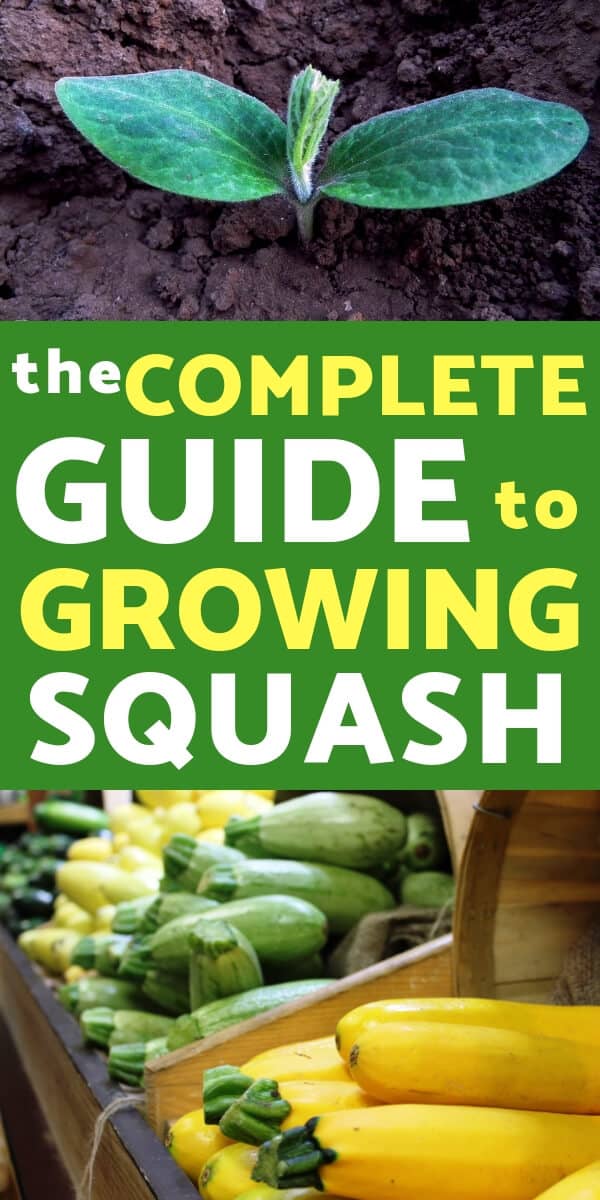
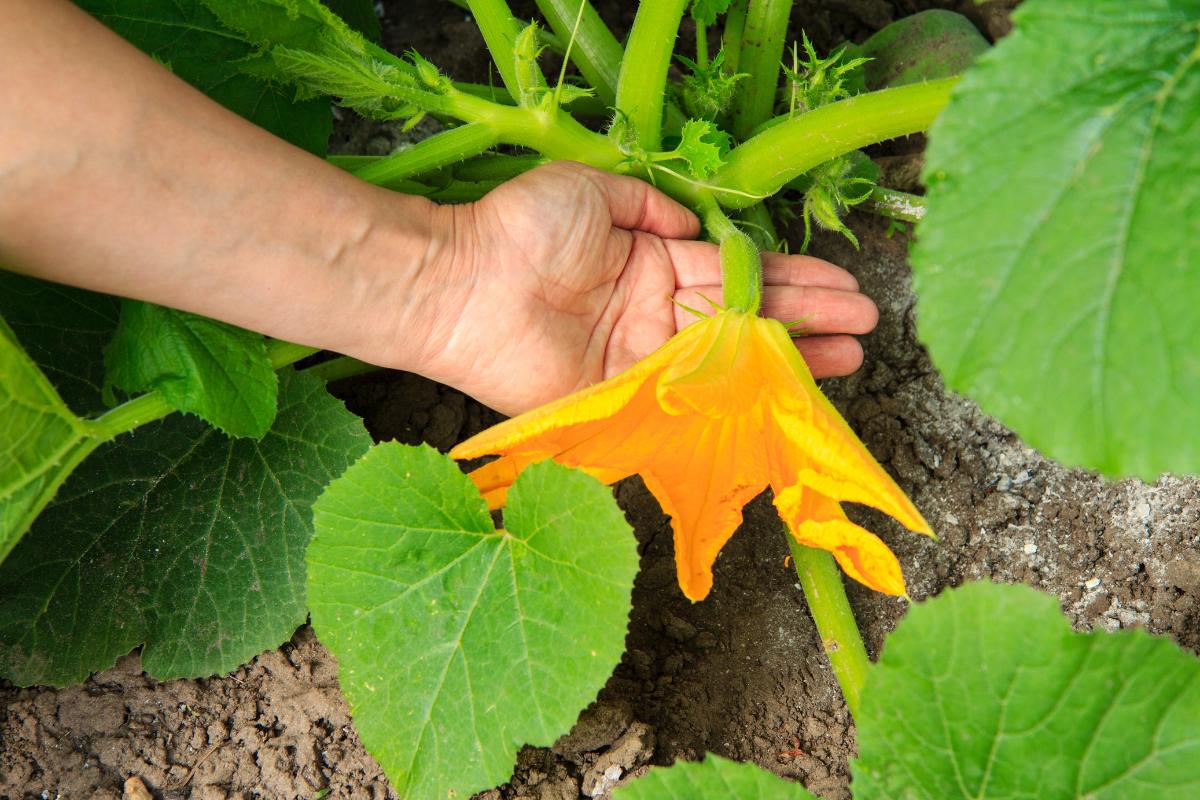
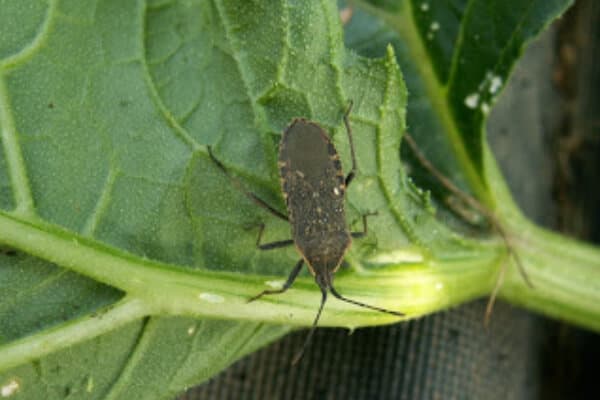
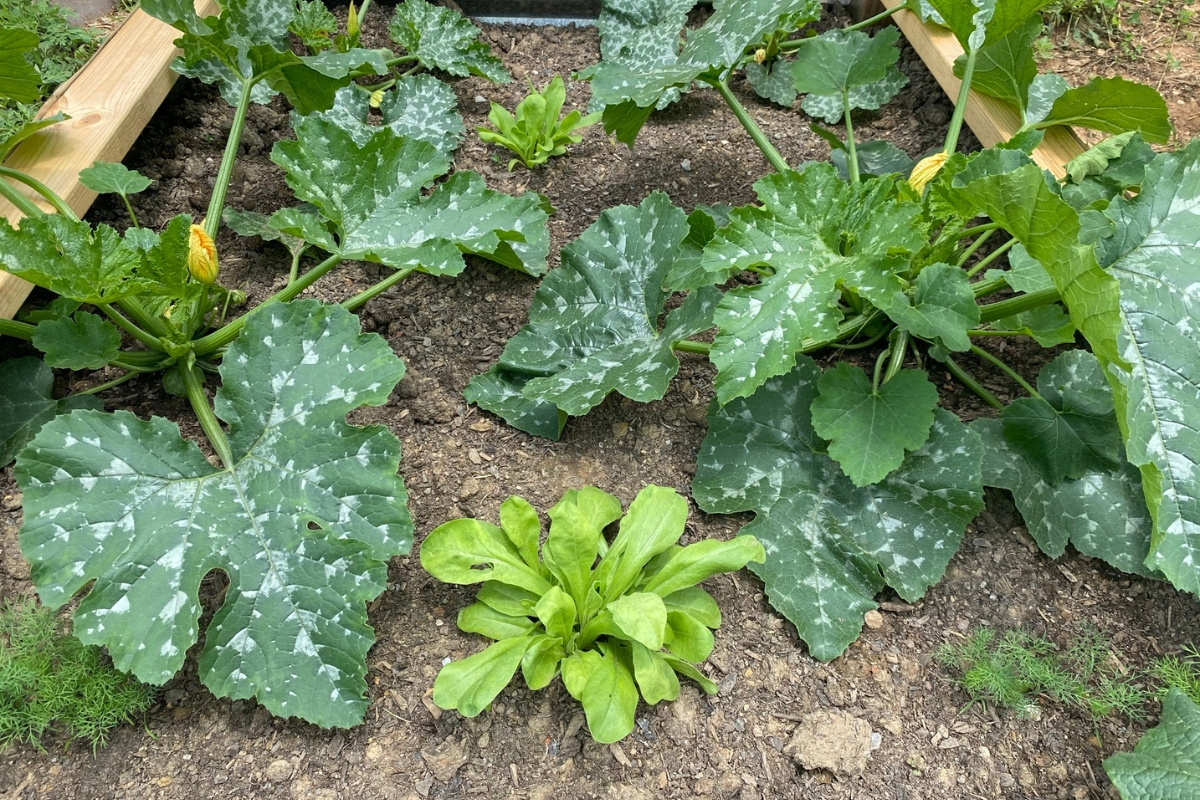
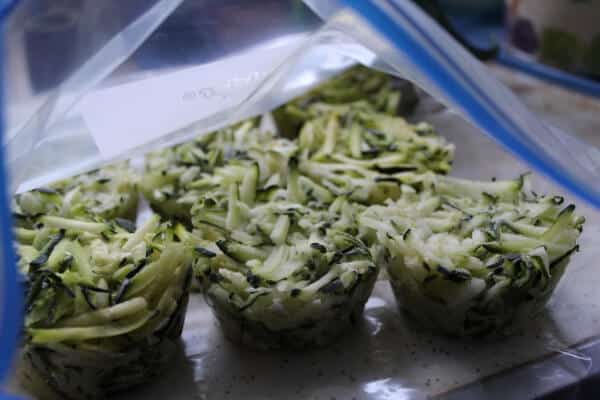


I planted seeds and they grew to about two inches. I repotted them and now they are drooping. Any advice. I’m a novice.
Could be simply transplant shock and they will recover. I try not to transplant squash more than once- so I start it from seed in a small pot then transplant to the garden. No potting up into a larger pot. They really don’t like to be transplanted….
A fix for blossom end rot?
I use a tablespoon of Epsom salts in the planting hole when planting tomatoes and squash. I mix it into the soil with a little bone meal.
You can look for articles about gardening with Epsom salts for details.
My pumpkins are too crowded .How can I thin them out so that I get a few good pumpkins.Thanks.
My zucchini plant is flowering profusely and I see the zucchini’s starting to grow but then they wilt and die. The plant is overflowing in a raised bed. I think I may need to stake it so the plant gets more sun underneath. Please could you give me some advice. Thanks.
You may need to hand pollinate the female flowers.